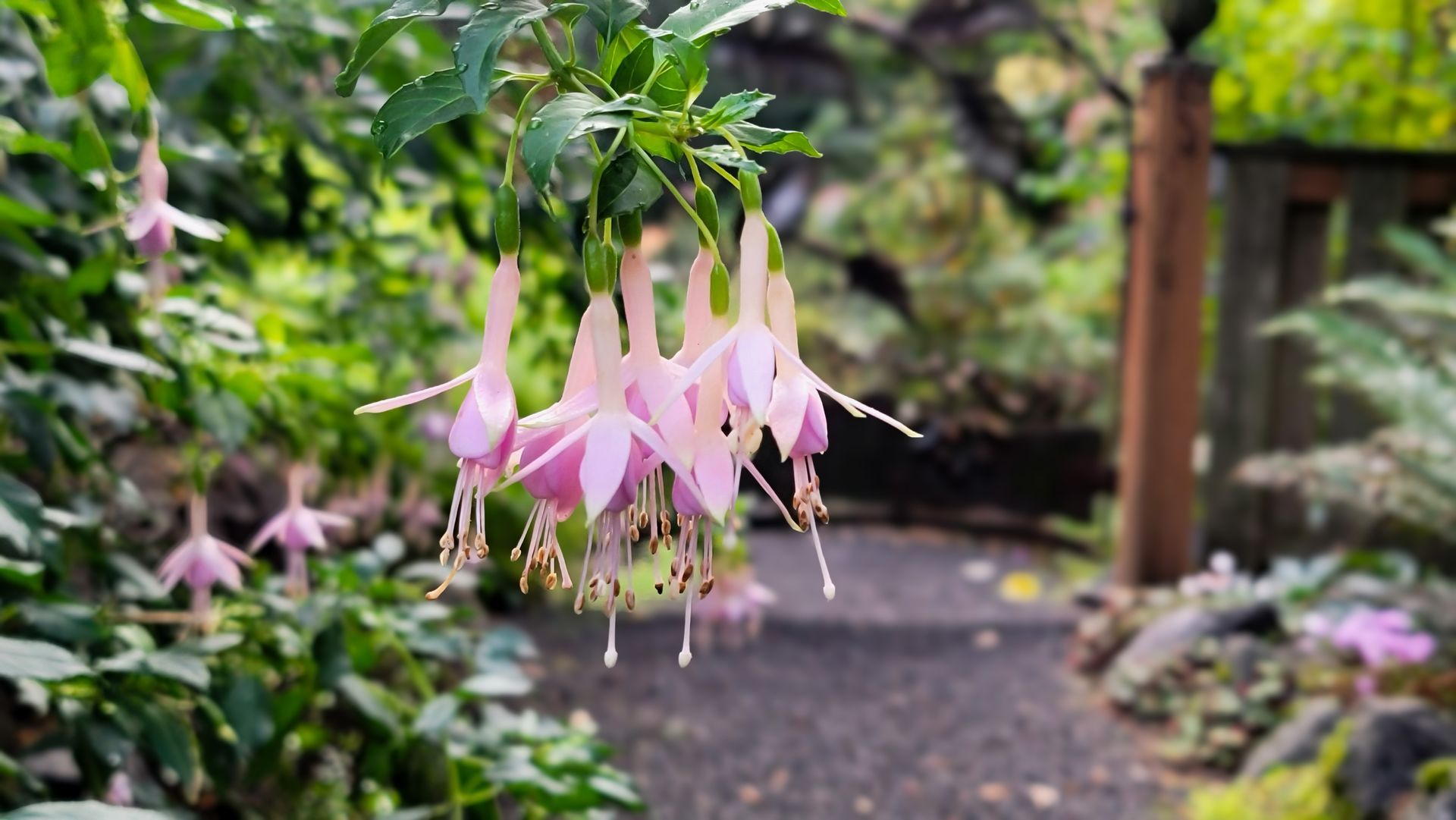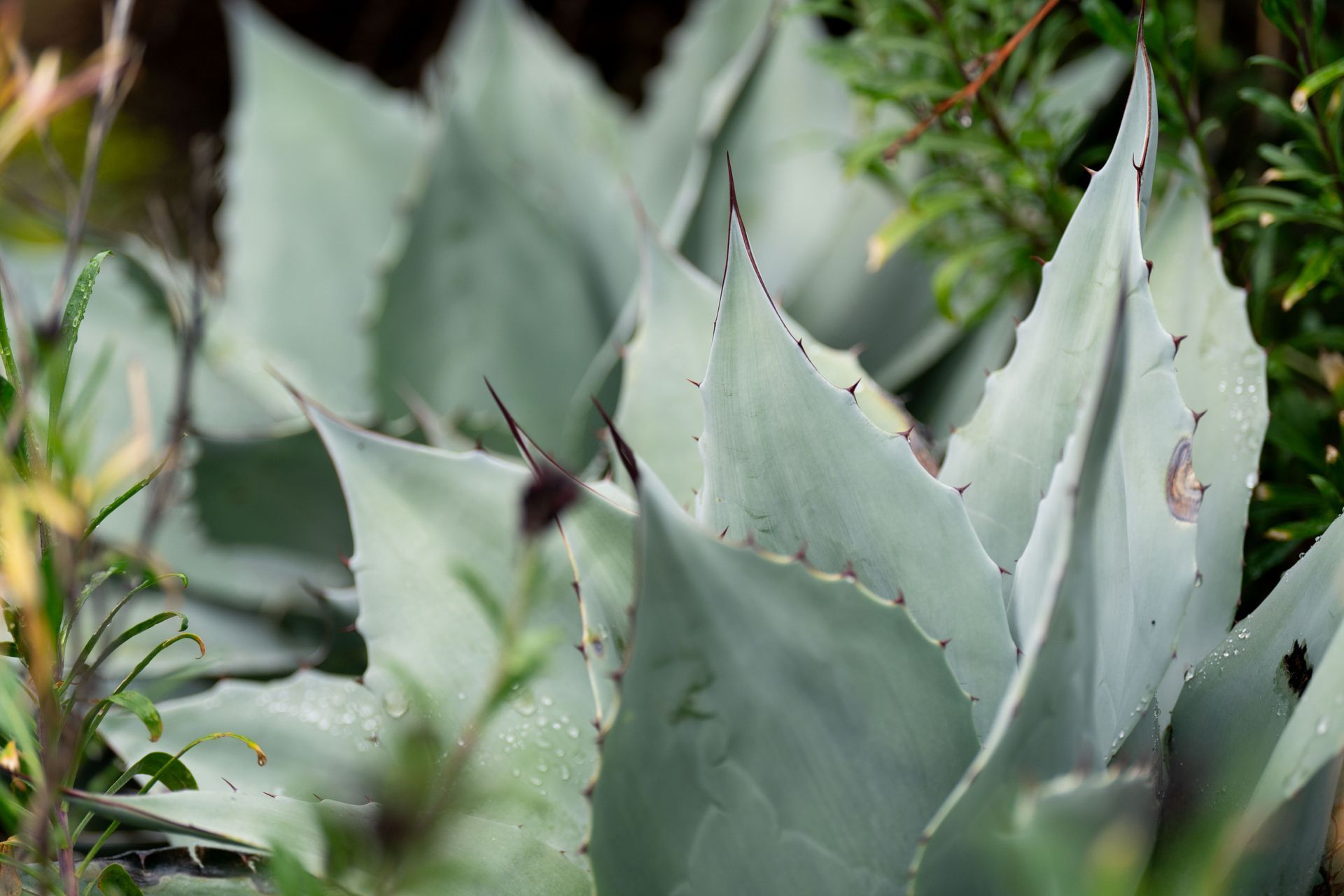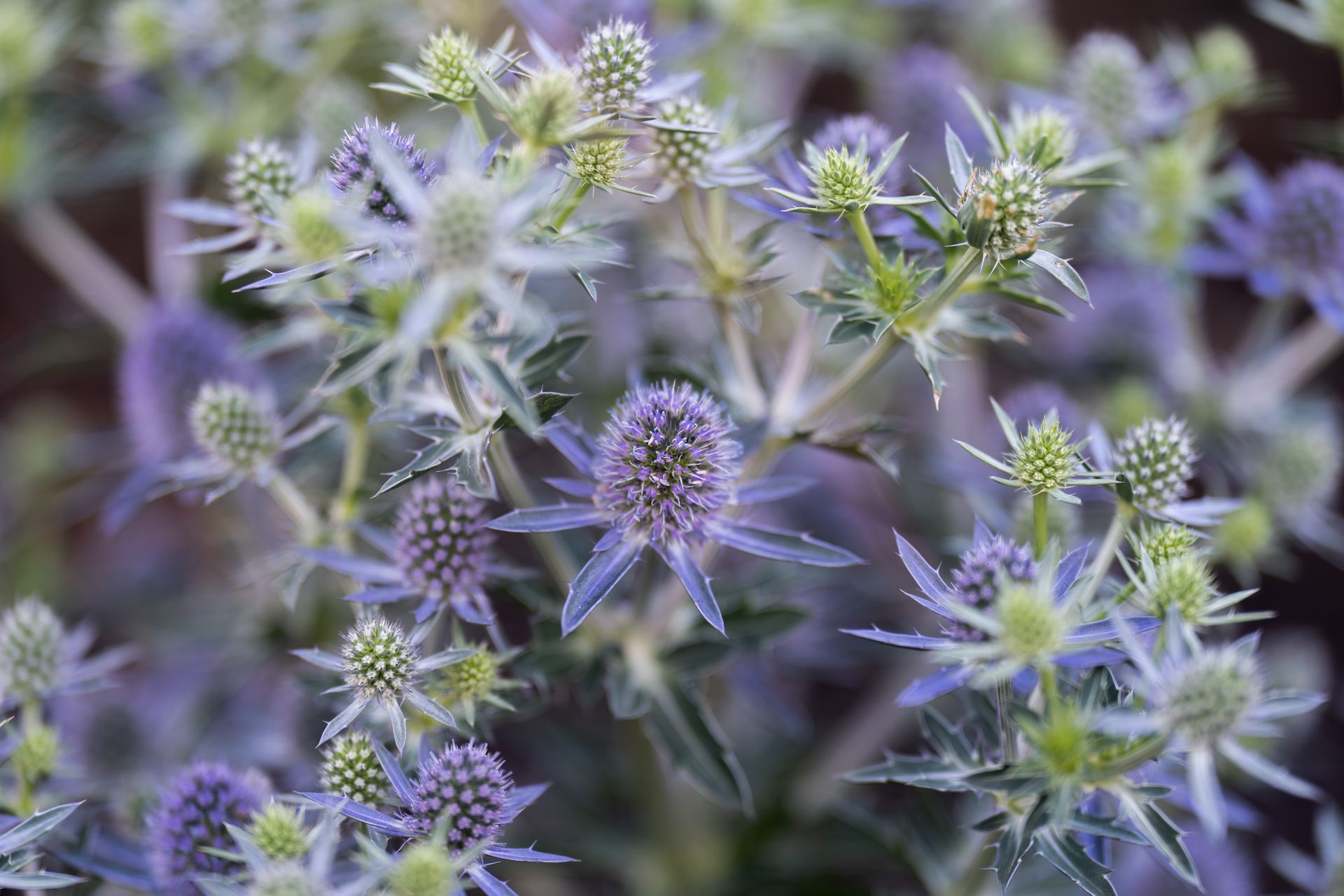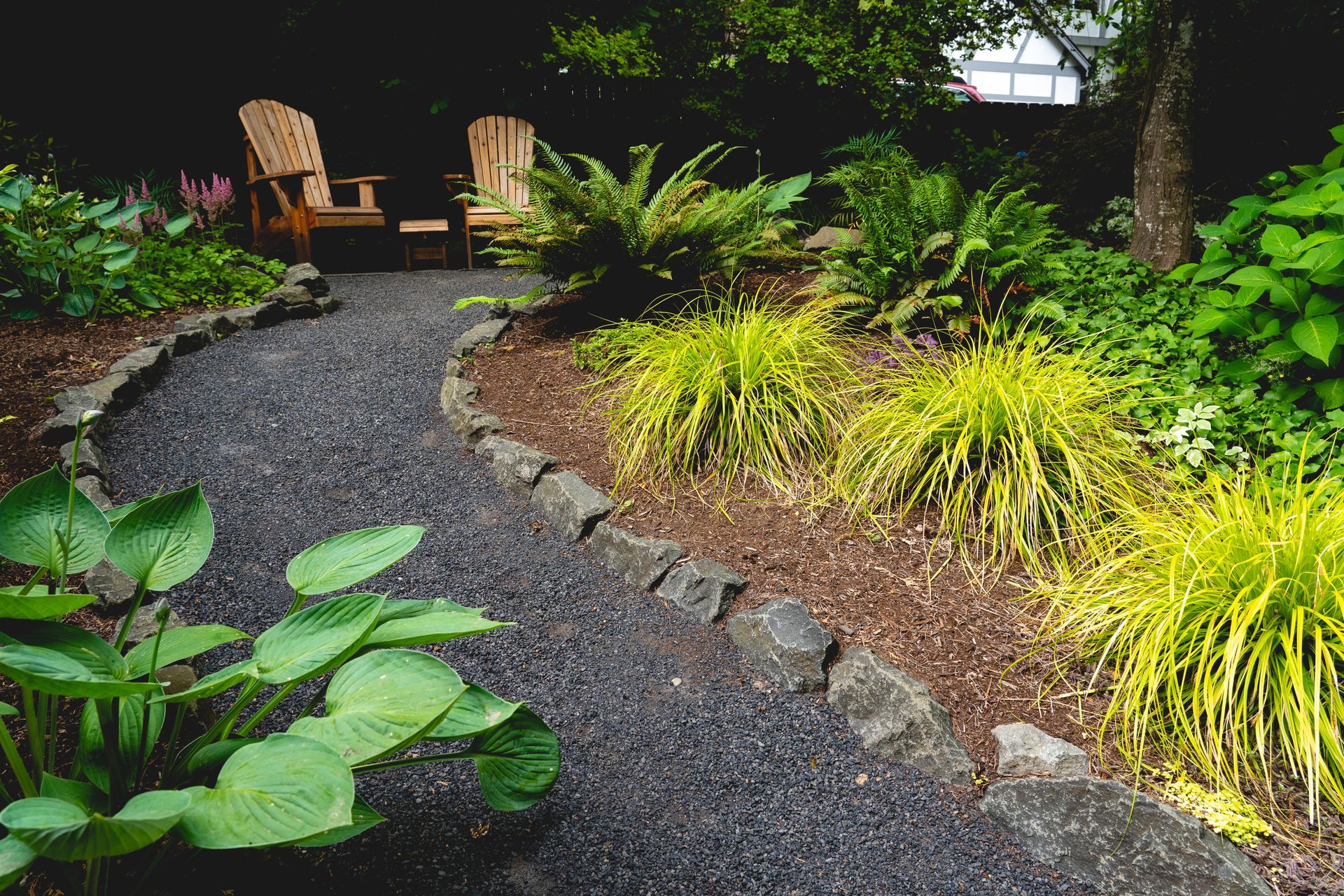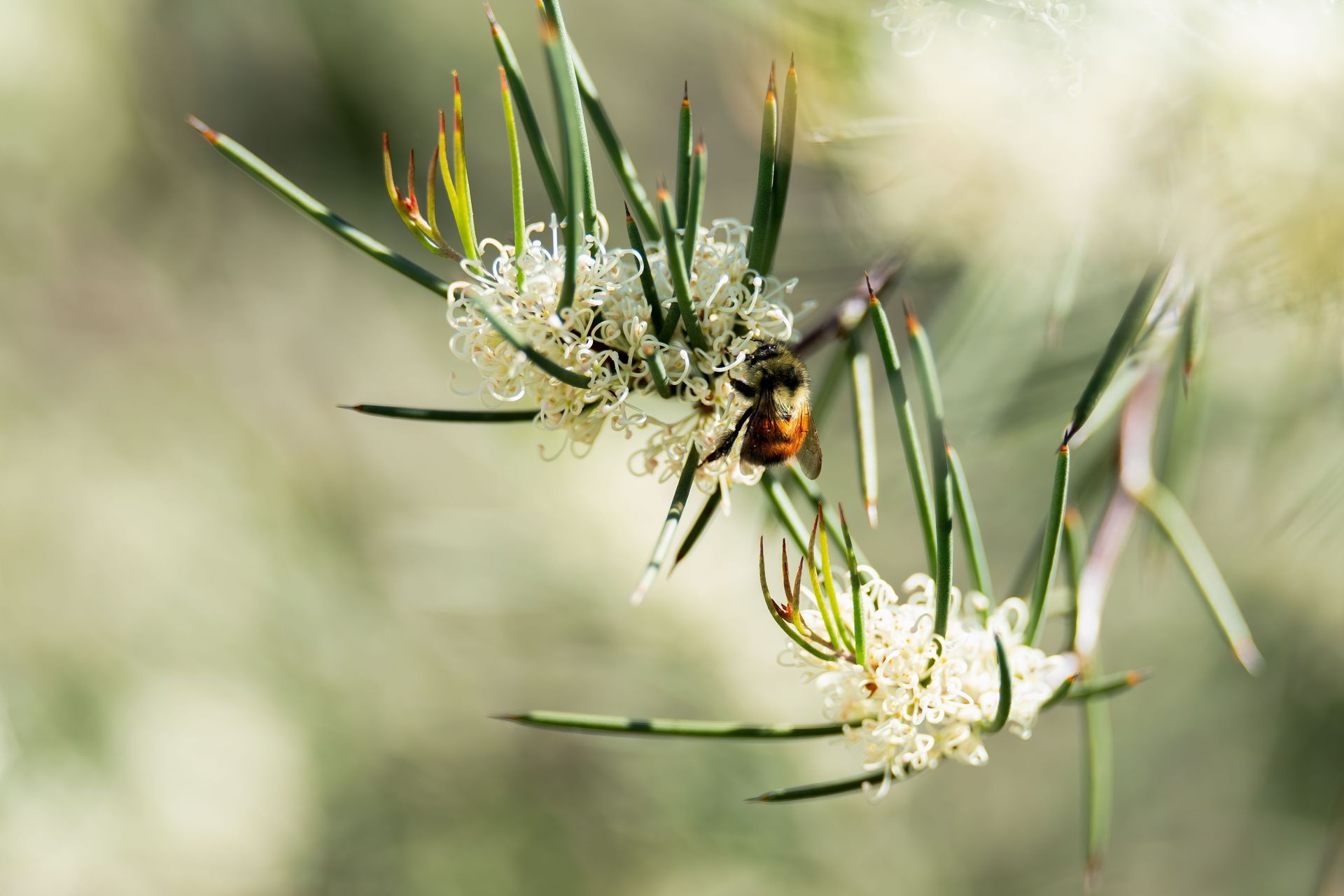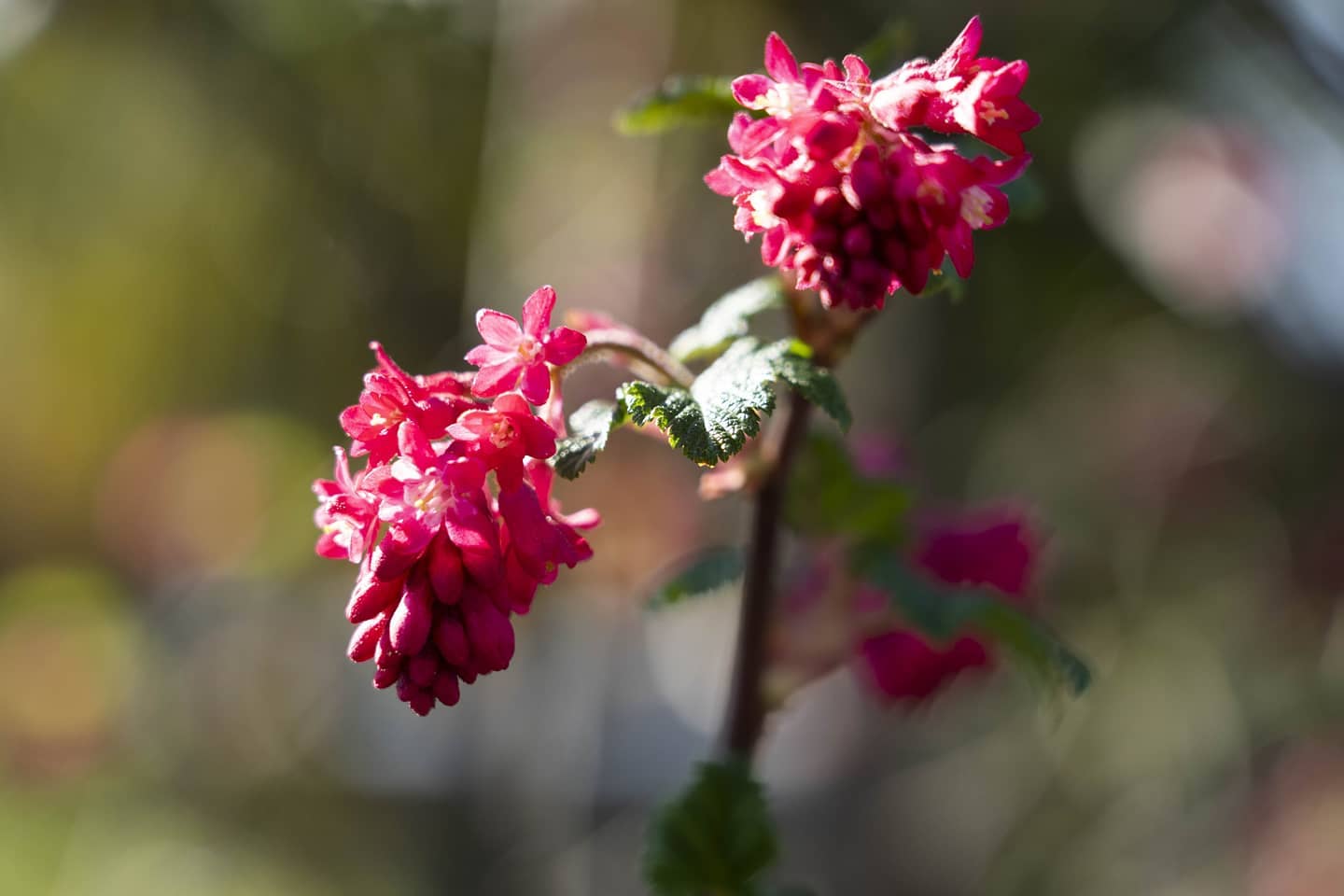Phil’s Garden Tips & Tricks for April 2022
It is surprising to me that we have fulfilled what the professional weather people call their water year. For once, we do not have to listen to doom and gloom on that front as we have so many downers in other areas. We can say to ourselves, “this year, we won’t have to worry about not having enough water to keep our garden alive during the hot dry months!” So, with that thought guarding my emotions, I walk out into my garden adequately armed with my Hori-Hori, hand clippers, weed bucket and kneeling pad—ready to do war with weeds as well as trim any unnoticed dead perennial tops. I have used natural mulch for so long that there are very few weeds anymore. The soil is moist, so they come out with ease! A few are beginning to flower, but it has been cool enough that they are not yet going to seed.
- Bait for slugs (and snails): If you do not like to purchase bait, remember there are other options. Cheap beer is a good option. Slugs seem to be indiscriminate in this regard—no need to use micro brew! It can act as bait if placed in a shallow bowl. Remember to replace it after rain or when it has filled up with dead slug bodies.
- Deer and bunnies: If you live near where these creatures are active, remember to take measures! It is particularly important this time of year with the tender new growth emerging from your beloved plants. One trick I have used is Irish Spring™ soap hung around the bushes—the deer do not like the smell. There are also products which can be sprayed on the plants that deter both deer and bunnies. Fencing is also a choice, albeit more permanent and expensive.
- Weed regularly: It has been cool and moist enough that weeds are still small. Most of them are not mature enough to set seed, so pull them out now. Preventing weeds from setting seeds is the very best way to cut down on the number of weeds in your garden for the future.
- Mow weekly: Set your lawnmower higher than you did in March. If you mow this month for the very first time you should set it at the very lowest setting to wake up the grass. This might take two or three cuts to not clog up your mower and get the lawn cut correctly. The first mow is the year’s most difficult cut—that is, if you mow weekly the rest of the year.
- Leave the foliage on spring flowering bulbs: Only cut off the seedpods after the blooms are finished as the foliage needs to recharge the bulbs for next year’s blooms. I recommend waiting to cut the foliage until it is an ugly yellow-brown.
- Prune and shape spring-blooming shrubs and trees: We recommend only doing this if they need it. If they do need it, wait until immediately after the blossoms have faded.
- Summer blooming bulbs: Plant bulbs, like gladiolas and dahlias, for extended summer bloom.
- Veggie garden: Its time to prepare the veggie garden for spring planting if you have not already done so.
- Purchase and plant these starts: Rhubarb, potatoes and asparagus, if you have not done so already—ours were planted last month. All three of these are perennial plants in our climate.
- Plant these vegetables: The following are traditionally planted in April—of course, only if your garden is prepared and ready: peas, broccoli, cabbage, carrots, cauliflower, celery, chard, chives, endive, kohlrabi, leeks, lettuce, onion sets, parsnips, radishes and turnips.
- Check berries for spittlebugs and aphids: If present, wash them off with water or soap and water. If you have not pruned them for this year’s growth, do it now.
- Fruit tree maintenance: If you have problems with pear and apple scab, spray them with lime/sulfur. Also, there is very little time left to thin branches in your fruit trees, but be careful if you do as you may knock off new buds in the process which contain your future fruit!
- Rose maintenance: The natural way to help control rose diseases is to remove all infected leaves—such as black spot and mildew—by cutting them off and throwing them in the garbage. Remember to prune for air circulation to help prevent black spot and mildew.
- Last year's perennial clean up: If there are any brown, dead perennial tops left, now is the time to cut them down to allow the new spring growth! Do this before the new leaves begin popping out of the ground or you will have to spend more time selectively pruning each individual dead stalk to prevent damaging the new spring growth.
- Sword Ferns: If you did not shear your sword ferns in March, you have very little time left to cut them down to two inches before they unfurl their new fronds!

